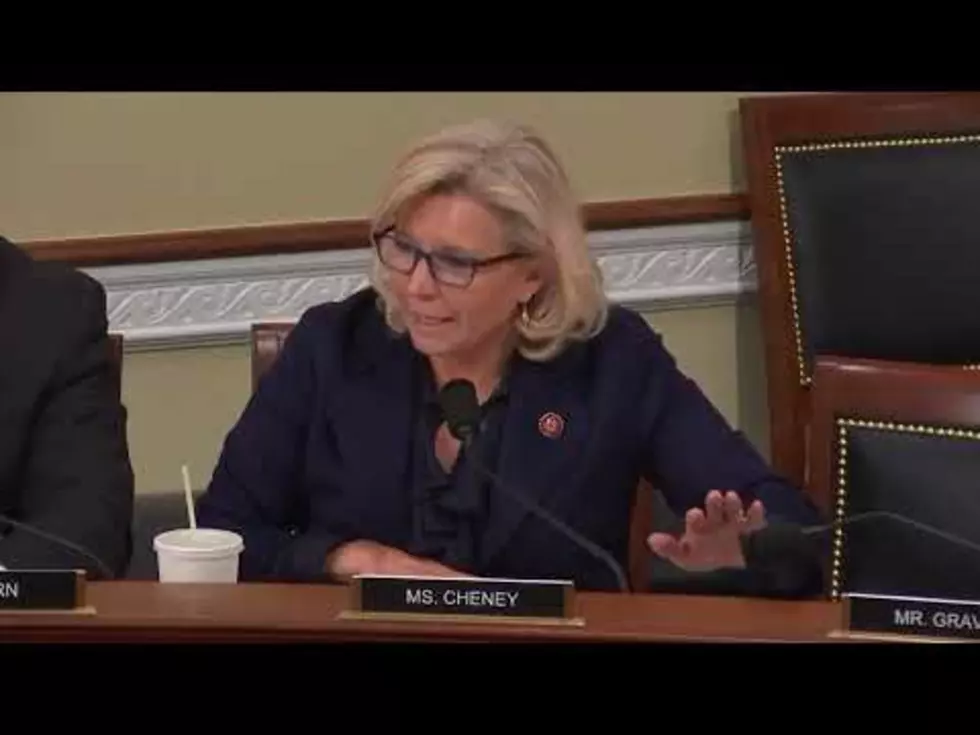
Commentary: Latest BLS Report Contradicts Other Data
By Sven Larson------10/08/2012 ~~~
Economics without statistics is pure sophistry. Any economist who claims to be able to work without ever relying on statistical evidence and established quantitative methods is trying to sell you a bridge in Brooklyn. Because of how critical the role of statistics is, tampering with raw data – the image of the world – is a cardinal sin in economics.
Therefore, it was legitimate to raise an eyebrow or two when the Bureau of Labor Statistics released its latest job report. Claiming to observe a sudden sharp spike in employment – and a drop in unemployment to a level conveniently low for president Obama – the BLS is putting its reputation as an impeccable statistical institution on the line.
It is not unheard of that the labor market improves sharply from one month to the next. The problem with the report from the BLS is that no other macroeconomic data points in the same direction. Quite the contrary, in fact. More on that in a moment; first, let us take a look at the details of the report, which say that the increase is partly explained by a sudden rise in the number of part-time job employees:
In September, the number of job losers and persons who completed temporary jobs decreased by 468,000 to 6.5 million. … The number of persons employed part time for economic reasons (sometimes referred to as involuntary part-time workers) rose from 8.0 million in August to 8.6 million in September. These individuals were working part time because their hours had been cut back or because they were unable to find a full-time job.
If we go a bit deeper into the data (Table A-8) we see that government is responsible for one third of the part-time employment increase. This is notable: why does the government sector suddenly decide to hire 200,000 new part-time workers from one month to the next? We should also keep in mind that these are seasonally adjusted data, so there is no spike related to any event particular to the early fall or late summer.
There seems to be a political push among governors and the executive branch of the federal government to boost employment rates to make Obama look good. Either that or the BLS is misrepresenting actual government payrolls. I am very reluctant to suggesting the latter, but the fact that they also report a 400,000-person increase in private-sector employment makes me a bit suspicious. These new jobs seem to have popped up, suddenly, in the retail trade industry (A-13) and specifically as part time jobs (B-1).
You need not look far to find data that suggest that no such spike in retail hirings should be taking place right now. Less than a week ago this blog issued another stagflation warning for the American economy, explaining that there has been a turn for the worse in consumer spending and consumer confidence:
Shifts from one month to the next are not very important for long-term trends, but they do help us track swing points in the economy. The weakening trend in private wage and salary disbursements gives a tangible framework to the weaker consumer confidence we saw in the GDP data in August. People are not just less confident because of some general perception of where the economy is heading: they are feeling the squeeze in their own private finances. This kind of confidence weakening is more solid and harder to break, so to speak, than if the weakening was caused by less tangible, macroeconomic variables.
The data that this warning was based on came on the heels of similarly pessimistic data in August, which this blog also reported on:
Again, the key indicator of whether or not we are in a domestic recovery is showing the exact opposite: private consumption is still growing, but the rate is slowing down. From Q2 in 2010 to Q2 in 2011 consumption grew at 2.7 percent; today, a year later, the growth rate is down to 1.9 percent (again adjusted for inflation). There is more to show that consumers are getting more pessimistic about the future. Spending on non-durable goods has come to a virtual standstill. Growing at only 0.9 percent year-to-year, this variable shows that consumers are doing their best to reduce their daily cost of living. Non-durable goods are food, gasoline, clothes and other frequent-expense items. When consumers cut spending there, it means that they feel their private finances are under pressure. That pressure comes either from higher cost of living – inflation or taxes – or from more uncertainty about the future of their earnings.
If consumers are getting more pessimistic, and thus keeping their spending flat or even reducing it, then why would retail businesses be hiring new part time workers by the hundreds of thousands? This question becomes even more pertinent since the BLS reports a seasonally adjusted increase – in other words, it is not a temporary spike that according to them will go away in November again.
Has the BLS really put its reputation on the line to help Obama get re-elected? I certainly hope I am wrong about that, but the latest report from the BLS just doesn’t feel right.
Tampering with macroeconomic data for political purposes is nothing new. The Soviet Union was notorious in that respect, and the Hugo Chavez regime in Venezuela has been trying to conceal the country’s abysmal economic performance with statistical trickery.
Back in the 1980s the Swedish government manipulated foreign trade statistics to make people believe there was a need for harsh austerity policies. Economist Sven Grassman called the bluff, was ostracized and ridiculed for the last 12 years of his life. It did little to restore his reputation that the Central Bank eventually admitted its deliberate statistical fraud.
The Swedish Central Bank also manipulated currency trade data at one point in 1990 to create an “exchange rate crisis” that would help the government swing the public opinion in favor of a Swedish EU membership.
A more recent – actually entirely current – example of macroeconomic fraud is from Argentina:
…when government has run out of taxpayers’ money, and seized as much of private property as it possibly could get its hands on without returning Argentina to a full-blown dictatorship, then the only thing left to keep government spending going is the printing press at the central bank. It takes a while before money printing causes inflation. The money has to find its way into the real sector of the economy, which it does when government uses it to pay people not to work. That practice is also known as entitlements. The more money people can spend without working, the less they will work to make money. As people reduce their workforce participation, less is being produced and more is being consumed. Add to this the stiff regulatory labyrinth that the Argentine government has put in place for its private enterprises to navigate through, and you have a recipe for consumer product shortages – and inflation. Work-free, government-provided income – entitlements – actually consume a third of GDP in Argentina. … Since Argentina has a history of “solving” its government revenue problems with freshly minted money, it is perhaps understandable that the IMF keeps a close eye on what president Kirchner is doing. But that only makes it even more stupid of her and her government to try to conceal inflation by manipulating its data.
Again, I am not accusing the BLS of deliberately lying about the employment situation in America in September. But I am suggesting that their latest report could be an example of such tampering with the truth. The BLS owes us a big explanation – before the election – of why retailers would hire scores of new workers when consumer confidence, and therefore retail spending, is clearly on the downturn.
More From KGAB




![How Wyoming taxpayers dodged a bullet [OPINION]](http://townsquare.media/site/99/files/2019/04/gettyimages-150755757-594x594-2.jpg?w=980&q=75)

![Miller Moths Invade Cheyenne [PHOTOS, VIDEO]](http://townsquare.media/site/99/files/2018/06/miller-moth.jpg?w=980&q=75)
![Wyoming Needs More Human Clocks Displaying Beauty of State [Commentary]](http://townsquare.media/site/99/files/2017/05/77248291.jpg?w=980&q=75)

